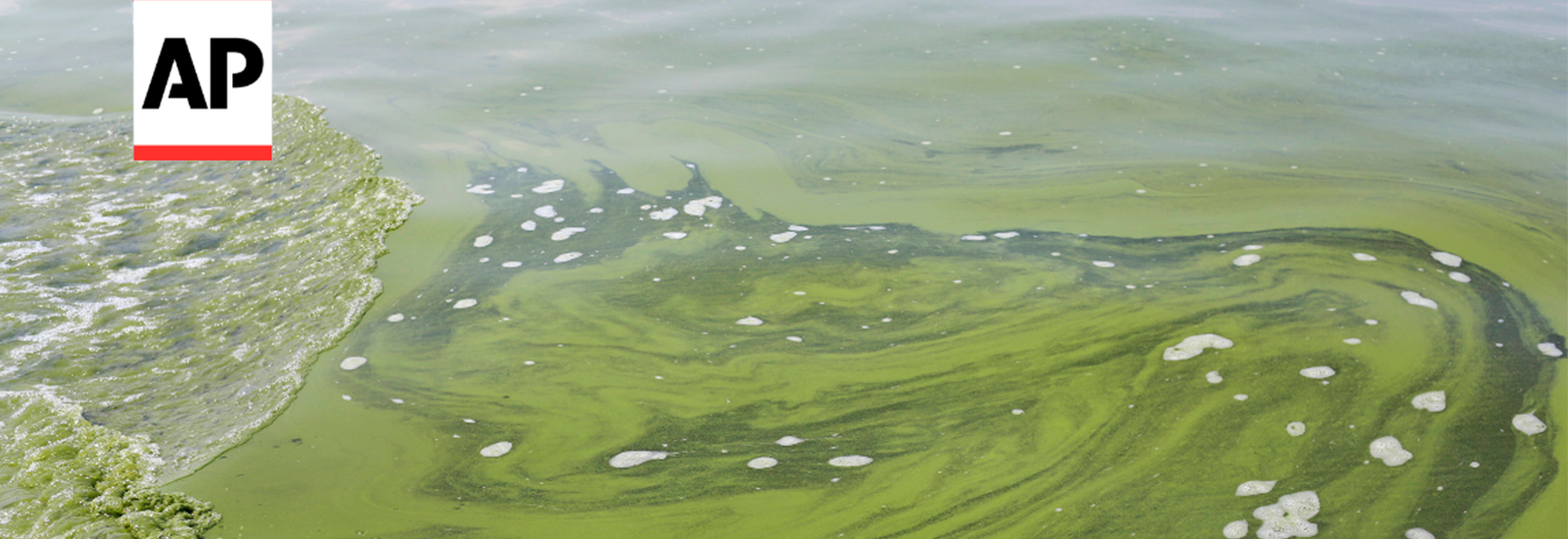Story by Misti Crane / Ohio State News / crane.11@osu.edu
Harmful algal blooms pose a unique toxic threat in Lake Erie’s central basin, new research has found.
Not only do blooms routinely occur in this area, they can also produce types of cyanobacterial toxins that aren’t typically detected through routine water-safety monitoring, according to a study published in the Journal of Great Lakes Research.
"The cyanobacteria we found in the central basin are completely different from what we’ve seen in the Toledo area in the western basin," said lead researcher Justin Chaffin, a senior researcher and research coordinator at The Ohio State University’s Stone Laboratory.
"That’s troubling because water treatment plants aren’t typically set up to look for this bacteria or the toxins they create. It requires more expensive, more sophisticated equipment."
Harmful blue-green algal blooms and the toxic microcystins that accompany them have been a persistent threat in the lake’s western basin. But until this study, bloom-related toxins hadn’t been formally documented and analyzed in the central basin.
Several years ago, environmental scientists began hearing reports of harmful algal blooms in the central basin, in the waters just west of Cleveland. This was surprising at the time because the experts thought these environmental threats were concentrated primarily near Toledo, Chaffin said.
Learn about the study's findings in Lake Erie's central basin and the potential toxic threat from algal blooms.
